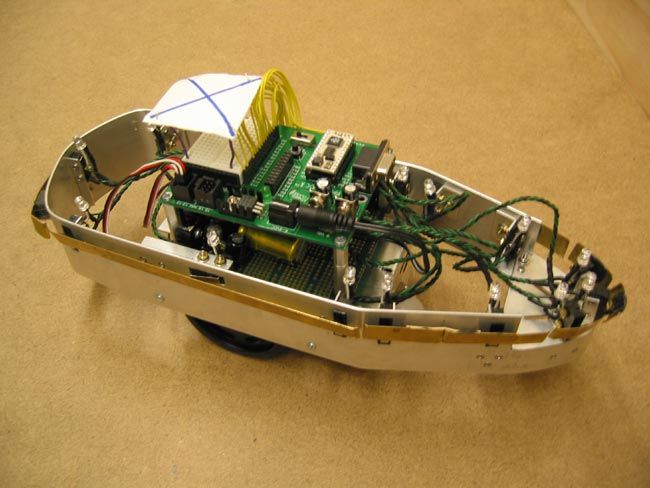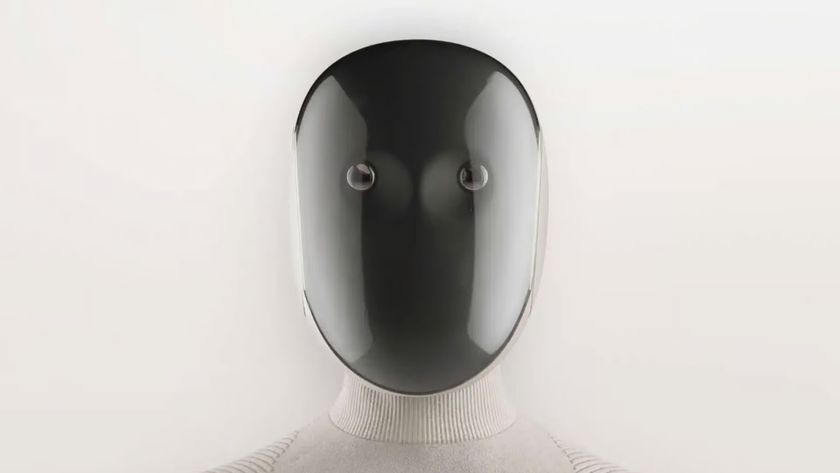Eek! Robo-Rats Make Their Own Rules

In a test that might've sent some folks shrieking from the room, robots programmed with no more sense than a blind, deaf baby rat developed new behaviors on their own.
The work could eventually lead to better robots, and it could help humans understand animal behavior, too.
Welcome to biorobotics, an emerging field in which automated machines are used to study living creatures -- and vice versa.
Trapped in a corner
Psychology professor Jeffrey Schank and mechanical and aeronautical engineering professor Sanjay Joshi, both of the University of California, Davis, designed an experiment to record the behavior of young rats and robots that were confined to the same basic sets of rules in a rectangular arena.
Rat pups that were just seven to 10 days old and blind and deaf felt their way along a wall until their nose hit a corner, where they would stay put. The behavior was considered a rule.
Joshi then built foot-long robots, with tapered snouts to mimic the shape of a rat pup. The robots were ringed with sensors so they could feel when they bumped into a wall or corner. They were programmed to stay in contact with objects they touch, the same as the basic rat pup rule. They has the same basic motor skills.
Sign up for the Live Science daily newsletter now
Get the world’s most fascinating discoveries delivered straight to your inbox.
When the robotic rats were placed in a similar rectangular arena, they showed different behavior than their furry counterparts. Instead of huddling in a corner, the robots circled the arena, scuttled along the walls and repeatedly bumped into one corner.
Emergent behavior
The behavior exhibited by the robots was not included in the written computer code, but instead emerged as a combination of the written instructions and interactions with the environment at each instant. Joshi says this is evidence of what scientists call emergent behavior, or new and unexpected behavior that grows from a simple set of rules.
The robots preferred one wall over the others. Turns out the rat pups did, too.
"We are still looking into the reasons for why the baby rats prefer one wall," Joshi told LiveScience. "It could be the result of how they get into the corner in the first place, mixed with what their brain tells them to do once they hit a wall. We can use the robots to test out our different hypotheses."
More to learn
The team is also looking at the behavior that emerges when groups of robotic rats interact using different kinds of rules. Results from this type of experiment may help biologists determine what rats may be doing in groups.
"The robots can help us create controlled experiments that would not be possible using live animals," Joshi said. "In the future, we hope to create more and more sophisticated and realistic robotic models of living creatures to help understand the creatures themselves."
And understanding the biology of these simple systems might later inform the design of more sophisticated robots.
"Understanding how animals achieve complex behavior using simple actions as building blocks could help us design robots that can do the same thing," Joshi said.












